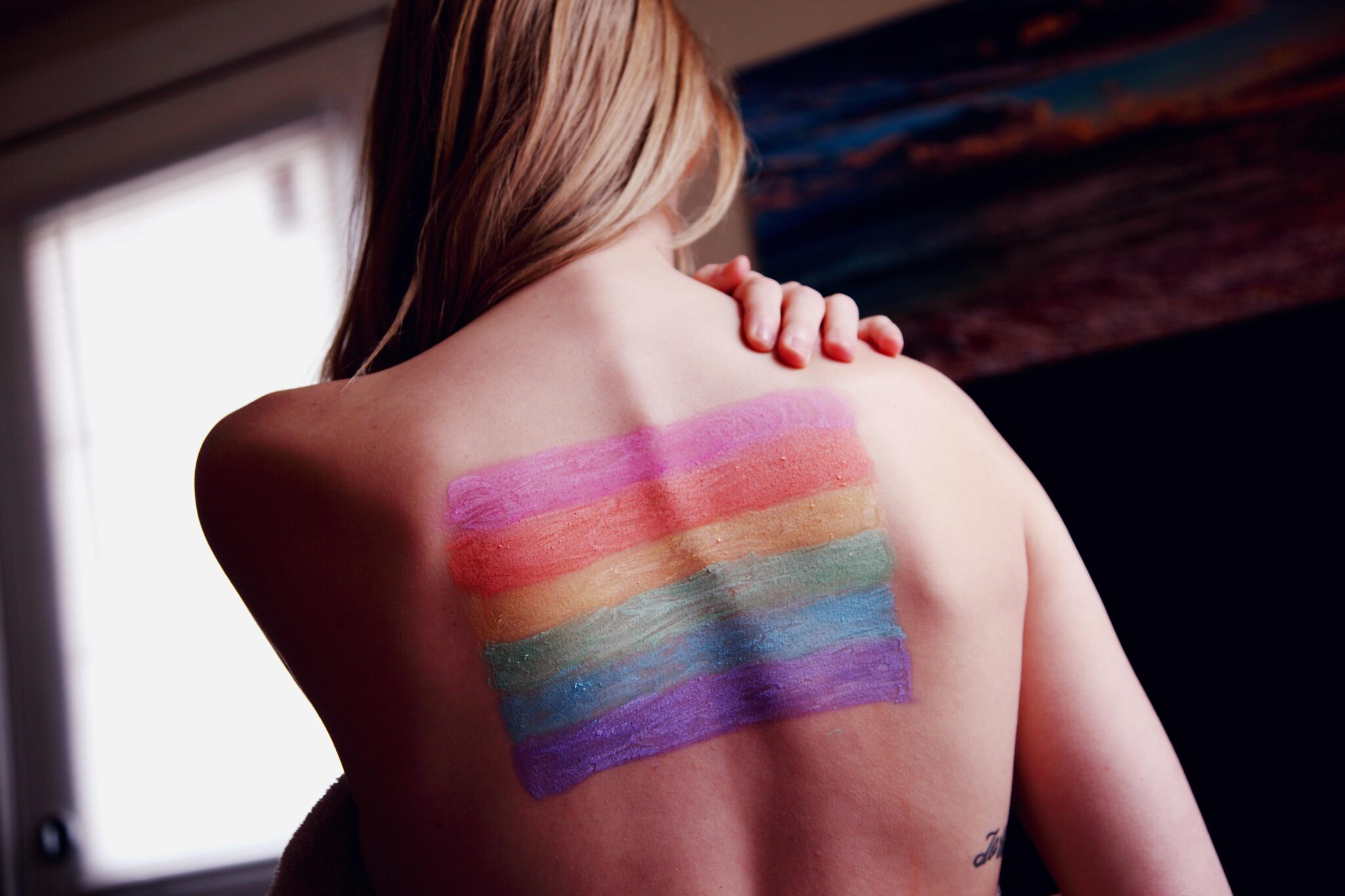 The brilliant colors that unfurl every June for Pride Month highlight the celebratory nature of the occasion. Parades and parties mark how far attitudes have come in the United States. But there’s also still a long way to go.
The brilliant colors that unfurl every June for Pride Month highlight the celebratory nature of the occasion. Parades and parties mark how far attitudes have come in the United States. But there’s also still a long way to go.
For several key reasons, LGBTQ people — particularly LGBTQ youth — are much more vulnerable to human trafficking. Pride Month provides an opportunity to identify ways to address and prevent the trafficking of LGBTQ people.
Understanding the Risk
Polaris, a nonprofit that provides research and resources in the anti-human trafficking sphere and operates the U.S. National Human Trafficking Hotline, provides these sobering statistics on trafficking of LGBTQ people:
Up to 40 percent of homeless youth identify as LGBTQ. Of these, 46 percent ran away because of family rejection; they are 7.4 times more likely to experience acts of sexual violence than their heterosexual peers and 3 to 7 times more likely to engage in survival sex to meet basic needs such as shelter, food, drugs and toiletries.1
The U.S. Department of Health and Human Services’ Administration for Children and Families (ACF) reiterates the cascade of risks that can be sparked by rejection from one’s family or community:
Although LGBTQ individuals only account for 3 to 5 percent of the population, they account for up to 40 percent of the runaway and homeless youth population. It is estimated that 26 percent of LGBTQ adolescents are rejected by their families and put out of their homes for no other reason than being open about who they are. Once on the streets, they face a significant chance of becoming victims of human trafficking. More people are enslaved today than at any point in human history, and LGBTQ youth are being trapped in sexual slavery at alarming levels.2
And while LGBTQ youth are particularly vulnerable to human trafficking, the added risk doesn’t stop there. Adults who identify as LGBTQ are more likely to face discrimination in housing and employment,3 fostering the kind of financial instability that makes anyone more at risk of falling prey to labor and sex traffickers.
Taking Action
The ACF addresses trafficking of homeless and runaway youth who identify as LGBTQ by training Runaway and Homeless Youth Program staff on practices that are inclusive and ensure safety for all runaway and homeless youth. The ACF also accepts applications for grants to expand capacity within transitional living accommodations for youth who are homeless and identify as LGBTQ.
The Polaris Project has listed red flags for identifying trafficking among youths, as well as steps young people or parents can take if they encounter trafficking. The organization also advocates for fair labor practices and provides resources for people of any age to help them find support.
At LifeWay Network, we’ve served trans women in our safe houses — and will continue to do so for any upcoming referrals that are a good fit for our program — by ensuring that they have their own bedroom for safety and privacy.
LifeWay also has a staff member who identifies as nonbinary and uses they/them pronouns. We honor each individual’s gender and sexuality and seek to create a safe and welcoming environment where all are strong, connected and free.
Protecting LGBTQ individuals from trafficking involves a combination of policy, community efforts, education and support services. Here are some additional strategies for addressing and preventing trafficking of LGBTQ people:
Inclusive Anti-Trafficking Laws:
Ensure that anti-trafficking laws explicitly protect LGBTQ individuals. Laws should recognize the specific ways in which LGBTQ people can be targeted and provide appropriate protections and penalties.
Non-Discrimination Policies:
Implement and enforce non-discrimination policies in workplaces, schools and other institutions to reduce the vulnerability of LGBTQ individuals to trafficking.
Mental Health and Counseling Services:
Provide accessible mental health and counseling services that are equipped to address the specific traumas experienced by LGBTQ trafficking survivors.
Training for Service Providers:
Train law enforcement, healthcare providers, social workers and educators on the specific needs and vulnerabilities of LGBTQ individuals related to trafficking.
Public Awareness Campaigns:
Launch public awareness campaigns to educate the community about the risks of human trafficking among LGBTQ individuals and how to identify and prevent it.
School Programs:
Implement school programs that educate students about human trafficking and include information on how LGBTQ students can protect themselves and seek help.
LGBTQ Community Networks:
Foster strong community networks that provide support, resources and a sense of belonging, reducing the isolation that traffickers often exploit.
Peer Support Groups:
Establish peer support groups where LGBTQ individuals can share experiences and resources, creating a safety net against trafficking.
Outreach Programs:
Create outreach programs to engage with LGBTQ individuals in vulnerable situations, providing them with information and resources to prevent trafficking.
Job Training Programs:
Offer job training and placement programs that can reduce the economic vulnerabilities that traffickers exploit.
Research and Data Collection:
Conduct research to gather data on how trafficking specifically affects LGBTQ individuals, helping to inform policies and interventions.
By implementing these strategies, individuals, communities and governments can better prevent trafficking of LGBTQ people and provide the necessary support for survivors. We’re working to do our part at LifeWay Network, and we celebrate the progress marked by Pride Month!
By Julianne Will
June 17, 2024
1 https://polarisproject.org/wp-content/uploads/2019/09/LGBTQ-Sex-Trafficking.pdf
2 https://www.acf.hhs.gov/archive/blog/2013/06/lgbtq-youth-high-risk-becoming-human-trafficking-victims
3 https://www.ncbi.nlm.nih.gov/pmc/articles/PMC6864400/
